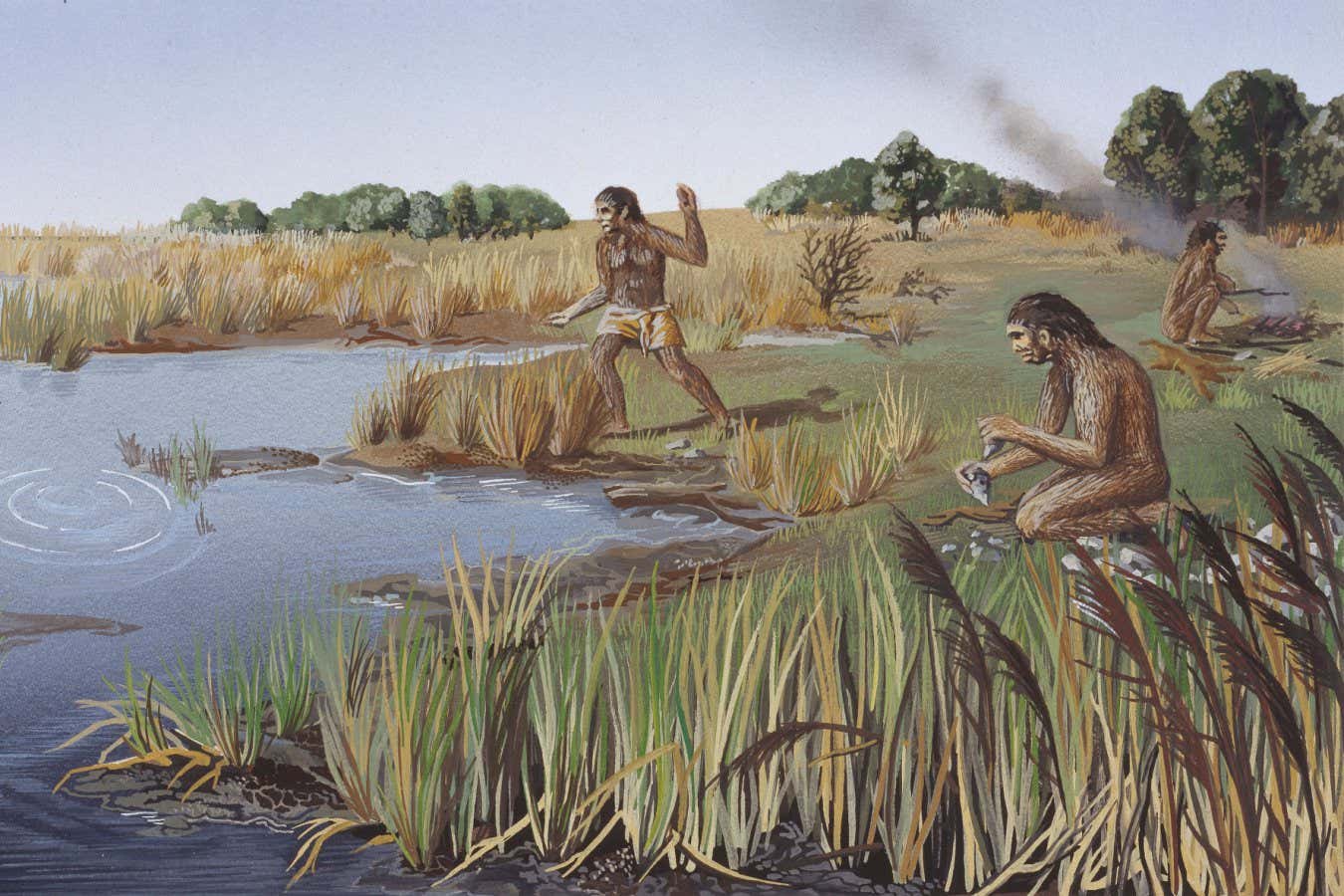An ancestral population of humans may have experienced a population bottleneck around 900,000 years ago, reducing their numbers to as low as 1300 individuals. This conclusion was reached by Haipeng Li and his colleagues at the Shanghai Institute of Nutrition and Health, who analyzed the variation in the genomes of living people. However, independent experts have reservations about this theory, stating that it is not supported by other evidence.
Population bottlenecks occur when a population is reduced in size due to factors like catastrophe or migration. This causes a sudden loss of genetic diversity. Throughout human history, there have been various bottlenecks due to human evolution and migration. For example, a major bottleneck occurred when a small number of humans left Africa around 60,000 years ago, leading to greater genetic diversity among people of African descent compared to the rest of the world. More recent bottlenecks occurred as Polynesians settled islands in the Pacific.
Detecting past bottlenecks is challenging, especially those that occurred a long time ago. Li and his team developed a new method to estimate changes in population size and applied it to the genomes of over 3000 people from around the world. They found that the population of our ancestors decreased by 98% to around 1280 breeding individuals around 930,000 years ago, and it remained low until roughly 815,000 years ago.
The early humans alive during this time have been associated with different species such as Homo heidelbergensis, Homo rhodesiensis, Homo antecessor, and Homo bodoensis. However, it is still debated whether these were separate species or not.
Li and his colleagues suggest that the bottleneck was likely caused by climate change, particularly global cooling leading to severe drought in Africa and Eurasia. They argue that this could explain the scarcity of the hominin fossil record during this time. However, other researchers, such as Nick Ashton and Chris Stringer, point to evidence of continued human habitation in Africa and Eurasia during this period, suggesting that the bottleneck may have been limited in time and space.
Another possibility is that the bottleneck is related to the fusion of two chromosomes to form chromosome 2. This event occurred around the same time as the estimated bottleneck. However, more research and ancient DNA data are needed to gain a better understanding of this period.
Topics:








